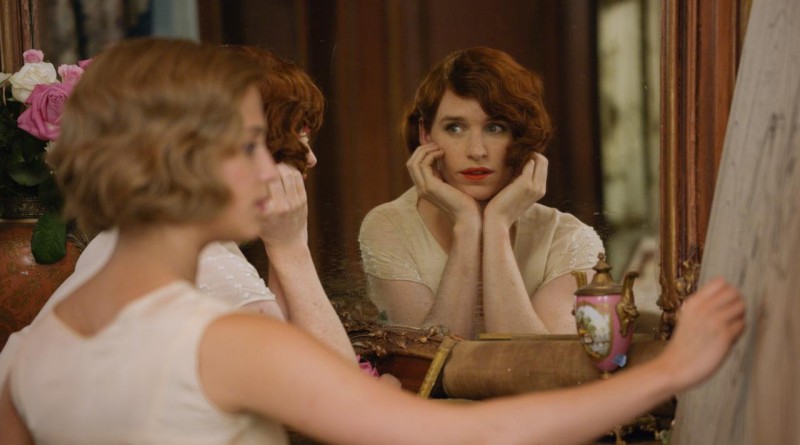“The Danish Girl” Does Not Disappoint Its Viewers
By CALVIN JORDAN
Managing Editor
Running for just shy of two hours, Tom Hooper’s “The Danish Girl” is a captivating film that will certainly cause viewers to question their own sense of self-identity, pride and humanity.
Beginning with wide cinematic shots of (what is presumably) the Copenhagen area, Director Hooper is masterful in the way he manages to draw in the audience. The first few shots and scenes in the movie allow for a vivid depiction of 1930’s Denmark to be constructed in the minds of viewers. Therefore, moviegoers with prior knowledge of LGBT history will already have a foreboding sense of what will unfold throughout the story.
The pseudo-biographical film focuses in on the life of Danish artist Einar Wegener/Lili Elbe (Eddie Redmayne), who was one of the first transgender individuals in all of history to have received a sex reassignment surgery. Played delicately by Redmayne, the internal struggle that Lili is subjected to is shown with as much honesty as viewers can handle; throughout the film Einar is shown smiling, though the expression is often accompanied by visibly uncomfortable darting eyes or burning tears. In one particular scene, his sense of helplessness and desperation is at its ugliest when imagining himself as the woman he wishes to be before reaching toward his groin in disgust and shame.
Gerda Wegener (Alicia Vikander) will likely serve as the most relatable character for the majority of viewers because of her difficult position as the heterosexual wife of a transitioning transwoman. While at first Gerda is shown to have her own eccentricities and is very open-minded when initially creating the persona of Lili, midway through the film her own needs become apparent via outbursts of frustration at the situation she has found herself in. Undeniably, the apex of emotion in the film is reached when Gerda asks Einar if he can just stop feeling like Lili and he says he can’t, leading to an irreversible change in their relationship.
While the film itself is very eloquent and artfully made, there are a handful of historical inaccuracies that otherwise taint the true power of this real-life story. In reality, Gerda and Lili eventually did split up before Lili died alone in a manner different from the cinematic portrayal. In addition to these factual omissions, viewers might take issue with the casting of a cisgender male for a transgender woman’s role, though Redmayne holds his own in the part and does it justice.
Regardless of these smaller details, “The Danish Girl” is a truly transformative piece that warrants as many viewers as possible. With the rapidly-developing transgender rights movement gaining steam, a film covering a related part of history is more than welcome.




